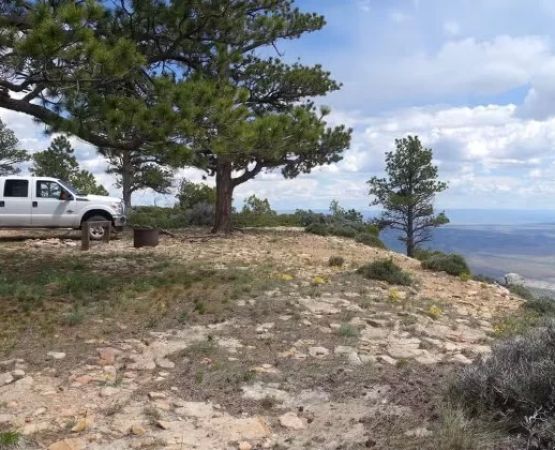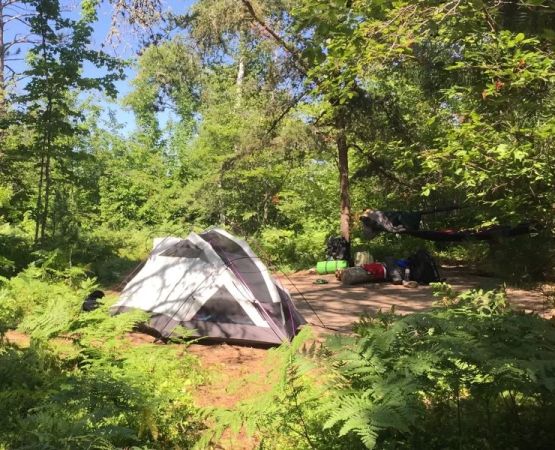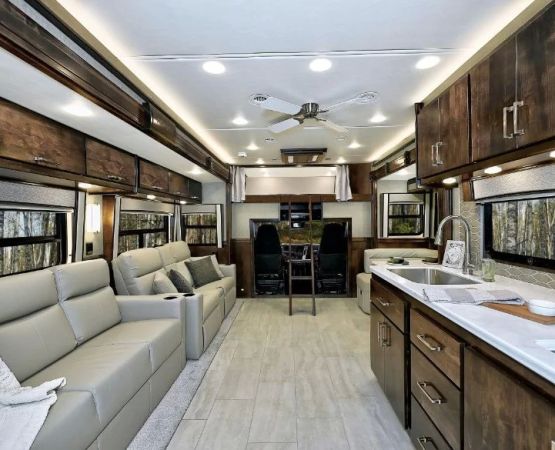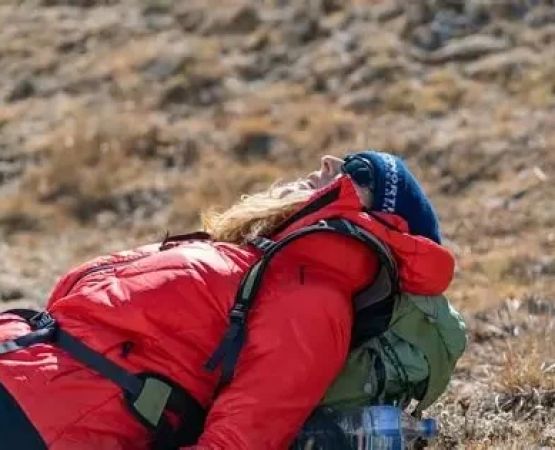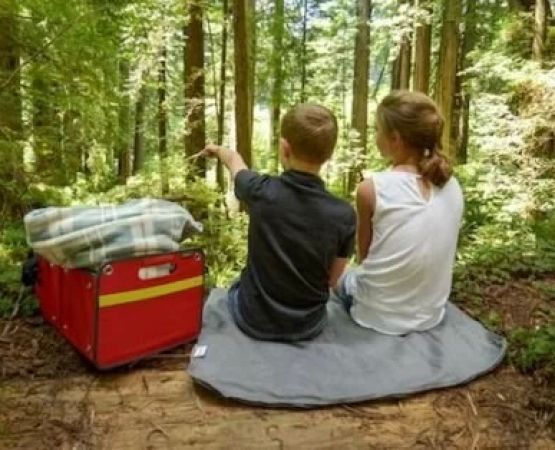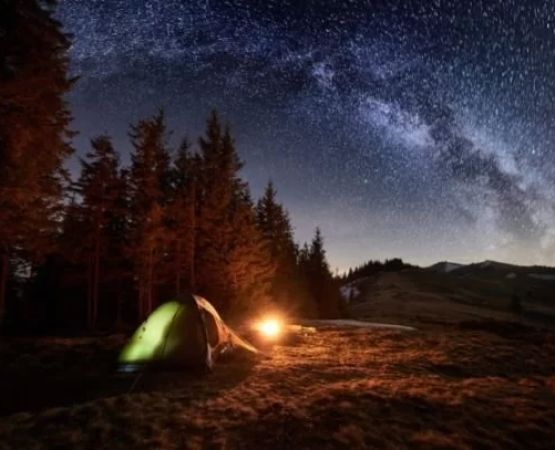- why-accessible-camping-matters
- national-parks-with-accessible-options
- family-stories-and-real-experiences
- modern-amenities-for-accessible-travelers
- tips-for-planning-a-successful-trip
- trusted-resources-for-campers
1. Why Accessible Camping Matters
The call of the outdoors should be open to everyone, and accessible campgrounds make this possible. The best U.S. campgrounds accessible by accessible vehicles remove barriers so that families, friends, and individuals with mobility needs can share in the joy of nature. Accessibility is not just about ramps or paved paths—it’s about creating equal opportunities to enjoy stargazing, campfires, and peaceful forest mornings.
2. National Parks with Accessible Options
Many U.S. national parks have made impressive strides in providing accessible camping. Yellowstone and Yosemite, for example, offer ADA-compliant sites with wide driveways and barrier-free restrooms. These campgrounds ensure that accessible vehicles can navigate comfortably and that campers can enjoy the beauty of America’s most iconic landscapes. By blending natural wonders with thoughtful design, these parks set the standard for inclusive outdoor travel.
3. Family Stories and Real Experiences
One camper shared how her father, who uses a wheelchair, was able to join the family on a road trip to the Smoky Mountains. The accessible vehicle fit perfectly into a reserved site, and the campground’s smooth trails allowed the entire family to hike together. Another traveler described the relief of finding an accessible RV site in Colorado, turning what could have been a stressful trip into a seamless vacation. These real-life stories highlight the value of accessible campgrounds and why they’re becoming increasingly popular across the country.
4. Modern Amenities for Accessible Travelers
Accessibility today goes beyond parking spaces. Many campgrounds now include features like roll-in showers, accessible picnic tables, and even adaptive playgrounds. Some offer paved paths that connect campsites with lakes or visitor centers, ensuring that everyone has the chance to participate fully in outdoor life. These modern amenities transform camping into an inclusive experience for all generations.
5. Tips for Planning a Successful Trip
When planning a camping trip with accessible vehicles, it’s essential to research ahead. Checking campground maps, calling to confirm site specifications, and reading reviews from other accessible travelers can make all the difference. Packing adaptive gear, allowing extra time for setup, and considering seasonal conditions also help ensure a smooth trip. With thoughtful planning, barrier-free camping becomes not just possible, but enjoyable.
6. Trusted Resources for Campers
For those looking to explore the best U.S. campgrounds accessible by accessible vehicles, Pine Cliff Resort offers valuable recommendations and resources. From highlighting inclusive destinations to offering products that support adaptive camping, it’s a trusted partner for making your outdoor experiences both comfortable and memorable.

